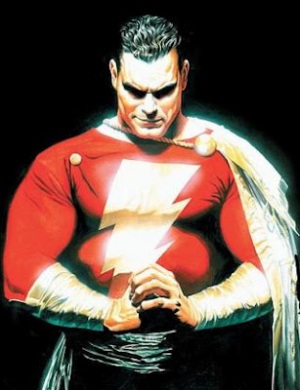
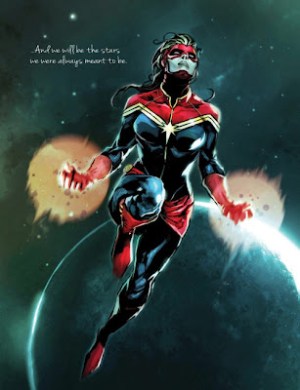
Tell someone your favourite superhero is Captain Marvel and you’re likely to get some very mixed responses.
“You mean like, Shazam? With the kid?”
“The chick with the strange haircut?”
“The red guy with the lightning bolt? Isn’t that the Flash?”
“You mean that alien guy?”
All correct – except for the Flash part.
The name Captain Marvel occupies a singularly peculiar corner of comics history because – quite unintentionally – it sounds like it ought to be the name of the flagship hero for Marvel Comics. That’s not the case, because the DC Comics version of the character actually predates Marvel – and DC.
The first Captain Marvel was a Golden Age superhero created by Fawcett Comics and designed as a wish fulfillment fantasy for young boys. When kid radio Billy Batson speaks the name of the wizard Shazam, he transforms into an adult superhero with the wisdom of Solomon, the strength of Hercules, the stamina of Atlas, the power of Zeus, the courage of Achilles and the speed of Mercury.
Or, if you want to read between the lines, he’s got Superman’s powers, with a touch of magic to differentiate.

Captain Marvel was a direct attack on the popularity of Superman, and you can see it above in their first cover – a clear response to the iconic Action Comics #1 cover where Superman lifts a car.
The attack worked, too: debuting in 1939, Captain Marvel’s popularity soon outshone even Superman’s. He collected a large cast of supporting characters and even beat the Big Blue Boy Scout to the big screen with a serialized film series called The Adventures of Captain Marvel in ’41.
That didn’t sit well with the company that would become DC Comics – called Detective Comics and National Comics through the ’40s – so they sued Fawcett Comics for creating a knockoff of their prized Kryptonian. The judge agreed with National Comics but let Fawcett off the hook thanks to some complicated copyright rules National had bungled.
But National refused to give up. They appealed the decision and dragged the proceedings out until they won the case with a new judge in 1954.
Finally, with superhero comics on the wane anyway, Fawcett cashed in its chips and folded the entire comic book branch of its business. National Comics received a $400 000 payout, and the promise that Fawcett would never publish a Captain Marvel comic again.
The dust settled, National became DC Comics, and Jack Kirby and Stan Lee gave birth to Marvel Comics in 1961 with the debut of Fantastic Four #1. Marvel exploded in popularity under Lee’s guidance by focusing on flawed, struggling characters like Spider-Man and the X-Men, in contrast to DC’s squeaky-clean Superman and moneybags Batman.
In 1967, with the company now firmly entrenched, Stan Lee at Marvel said “Gee, we should probably lock down the hero with our name, shouldn’t we?”
Fawcett had thrown the keys on the table a decade previous, so all Marvel had to do was publish a Captain Marvel book to claim trademark on the title.
Enter Kree soldier Mar-Vell, a.k.a. Captain Marvel, warlike alien turned defender of Earth: super strong, able to fly, and capable of blasting his enemies with energy.

Captain Marvel quickly ingrained himself in the fabric of Marvel, primarily because the company had to produce a comic using his name at least once a year. They rejigged his powers and characterization a few times, but he soon settled into a prominent role in the Marvel Universe.
The Captain Marvel debate might’ve ended there if DC hasn’t gotten hungry for more superhero properties in 1971. See, Fawcett was still sitting on a hero with national brand recognition and a history of success in print and on film, and they had already divested themselves of their comics division. When DC Comics offered to lease the character they had forced into retirement some twenty years previous, Fawcett didn’t hold any grudges. They took DC’s money, and Captain Marvel joined DC – with one proviso.
Despite securing the rights to the original Captain Marvel character, DC couldn’t lay claim to the comic book title because Marvel had already scooped it up. Instead, DC was forced to write titles based off the word Shazam to avoid infringing on the trademark. That meant books like The Power of Shazam, The Trials of Shazam and Billy Batson and the Magic of Shazam.
Meanwhile, Marvel cemented their hold on the Captain Marvel name by continuing to put out limited series, one shot comics and reprintings of the character to maintain the copyright. He struggled to catch on in any kind of ongoing series, so Marvel played with the formula a lot over the ensuing decades, trying a human as Captain Marvel (Monica Rambeau) as well as using various Kree (and a Skrull) in the role.
They also added a second character to the Captain Marvel conversation in 1977 when Air Force pilot Carol Danvers became Ms. Marvel after getting caught in a catastrophic explosion with Mar-Vell. Her body was infused with Kree DNA, granting her all the abilities of Mar-Vell, but without the complicated alien origin.

Ms. Marvel soon became as big as Captain Marvel, and wound up joining the Avengers and running with the X-Men when she wasn’t starring in her own self-titled series. She even became Captain Marvel in an alternate reality created during the Scarlet Witch’s House of M event in the 2000s.
But 2012 was the biggest year yet for the Captain Marvel name at both DC and Marvel.
First, DC Chief Creative Officer and Justice League writer Geoff Johns announced (in not so many words) that the company was throwing in the towel on the Captain Marvel name.
“Everybody thinks he’s Shazam anyway, outside of comics,” said Johns, before adding that there are “all sorts of reasons” for the name change. (Read: we got tired of working around the trademark issue.)
The newly christened Shazam has been relegated to Justice League backup stories since his New 52 debut, with the exception of an origin story in Justice League #0.

The second big event of 2012 was the July release of Kelly Sue DeConnick’s ongoing Captain Marvel series, wherein Carol Danvers takes over for the deceased Mar-Vell as permanent Captain Marvel. The comic has met with great critical success, and the new Captain Marvel is also counted among the Marvel NOW! Avengers roster.

If Captain Marvel can stay strong on sales, and with DC bowing out of the battle, it seems the Captain Marvel fight is finally over.
It only took seventy some-odd years and two line relaunches to sort it all out.
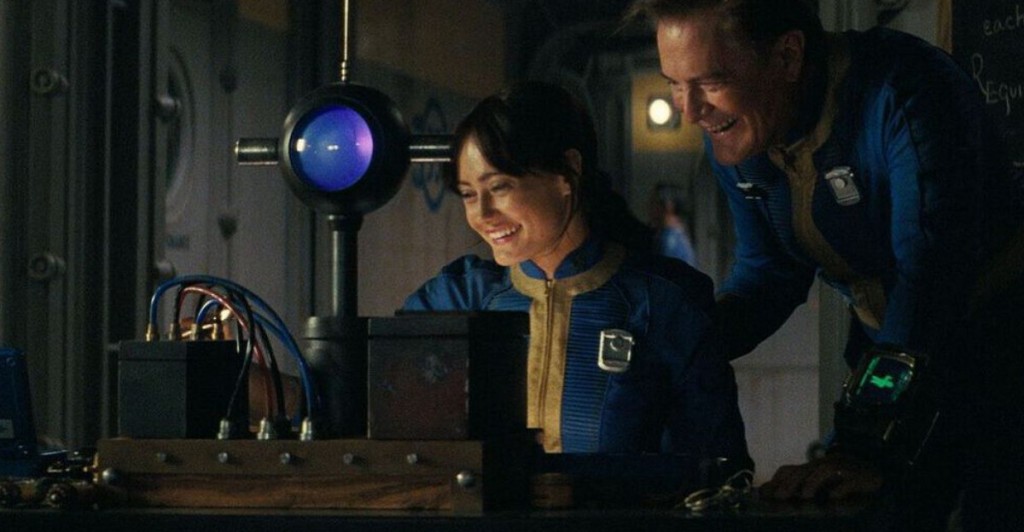
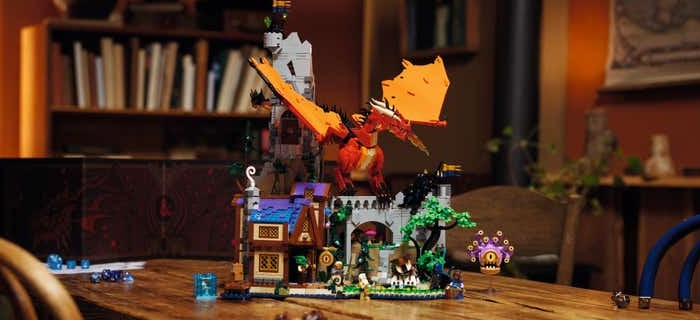
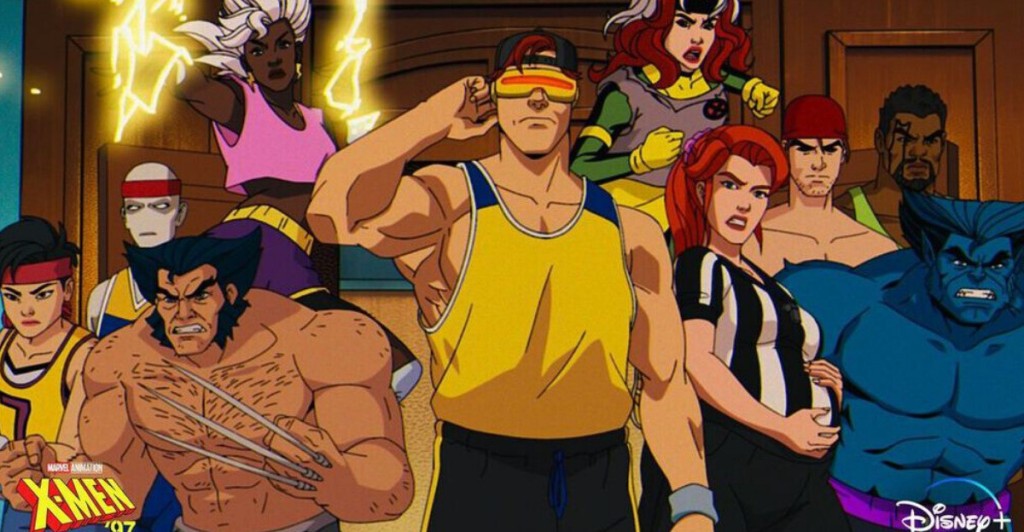
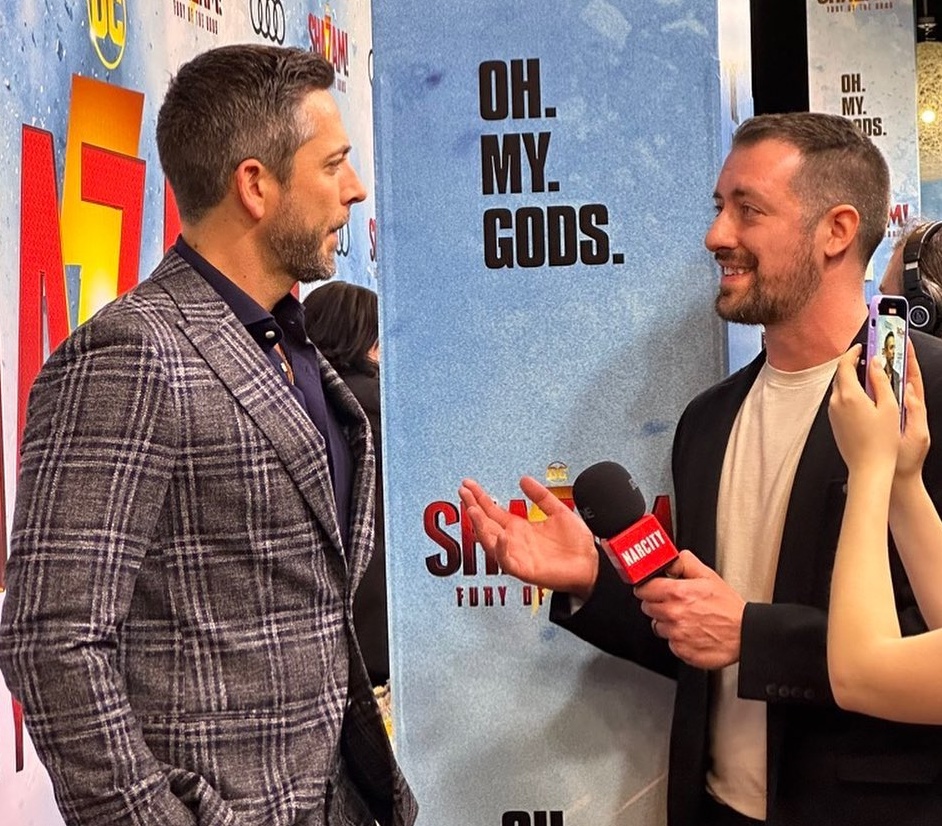
Leave a comment